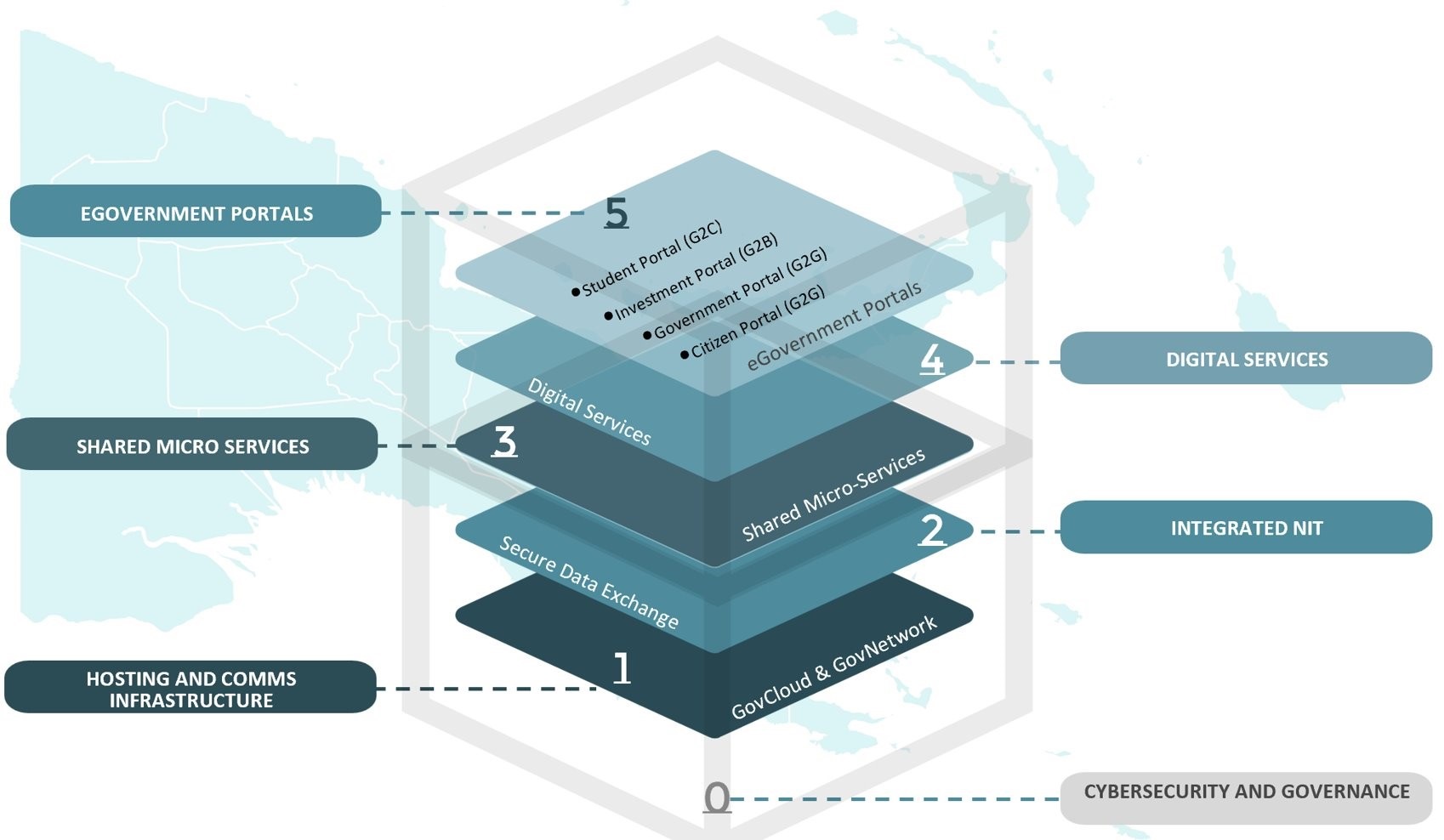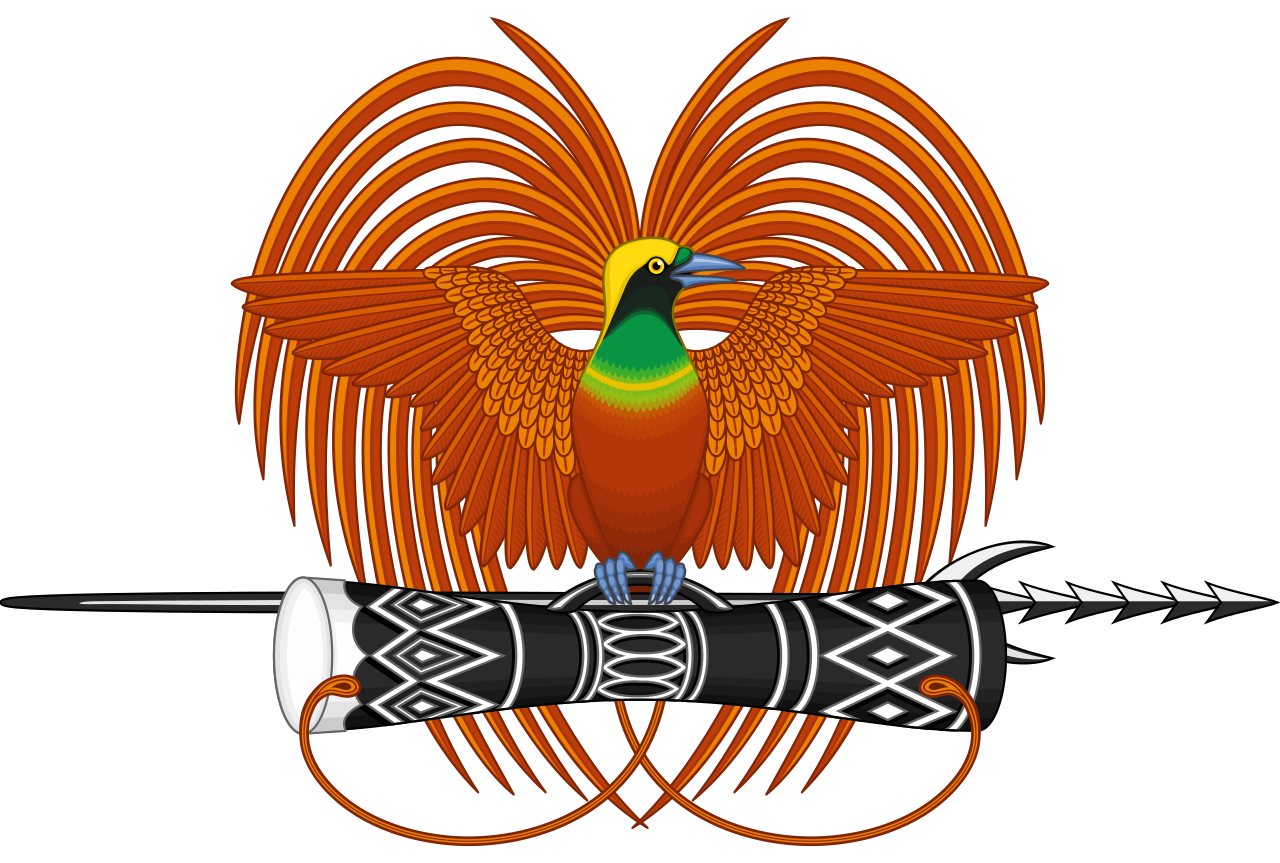GOVERNMENT STACK
A framework to guide the use of technology and enabling a digital government for Papua New Guinea
The adoption of a technology stack approach is crucial to PNG’s digital transformation journey. The importance of a stack approach is that it promotes the use of interoperable, generic, and reusable building blocks to digitalize any service.
One of the key advantages of implementing the GOVPNG Technology Stack, is the reduction of duplicated investments, resulting in significant cost savings. Moreover, the stack’s design enables rapid scaling up of services and improves operational efficiency.
“The benefits amongst many are reduction of duplication of investments, and improved design to scale up quickly, and improved efficiency,” underlining the potential for enhanced performance and resource optimization.


Government Stack Definition
The Papua New Guinea Government Technology Stack is a comprehensive framework provisioned within the Digital Government Plan 2023 – 2027 that outlines the layers and components of digital infrastructure, enabling technologies, critical applications, and user interfaces designed to create an efficient and secure digital government.
One of the primary goals of the PNG Government Technology Stack is to prevent duplication of efforts and promote the use of shared digital services across government agencies. When reviewing and providing clearance for potential ICT projects, it is essential to ensure that they leverage existing shared services and integrate seamlessly into the established technology stack.
Overall, the Government Technology Stack is important for several reasons:
Streamlined Services
The technology stack enables efficient and seamless delivery of government services to citizens, businesses, and other stakeholders by integrating various digital platforms and tools.
Security & Privacy
The technology stack emphasizes the protection of sensitive data and user privacy through secure data storage, communication, and access control mechanisms.
Scalability
The technology stack is designed to accommodate growth and future advancements in technology, ensuring that the digital government infrastructure remains adaptable and relevant over time.
Transparency & Accountability
By utilizing technologies like blockchain and data analytics, the technology stack encourages transparency and accountability in government operations and decision-making processes.
Cost-Effectiveness
By leveraging shared infrastructure and services, the technology stack helps reduce costs, avoid duplication, and optimize resource allocation across government agencies.
Interoperability
The technology stack prioritizes the needs and experiences of end-users, including citizens, businesses, and government employees, ensuring that digital services are easy to use and navigate.
Accessibility
The technology stack prioritizes the needs and experiences of end-users, including citizens, businesses, and government employees, ensuring that digital services are easy to use and navigate.
User-Centric Design
The technology stack prioritizes the needs and experiences of end-users, including citizens, businesses, and government employees, ensuring that digital services are easy to use and navigate.
